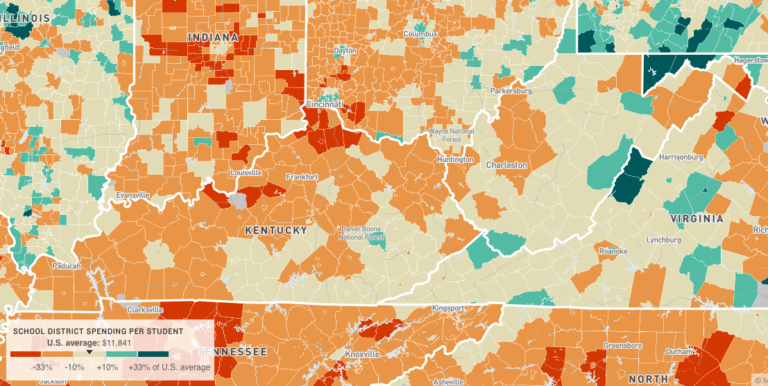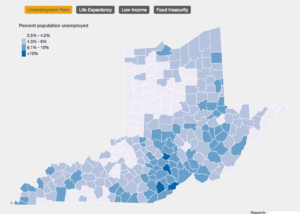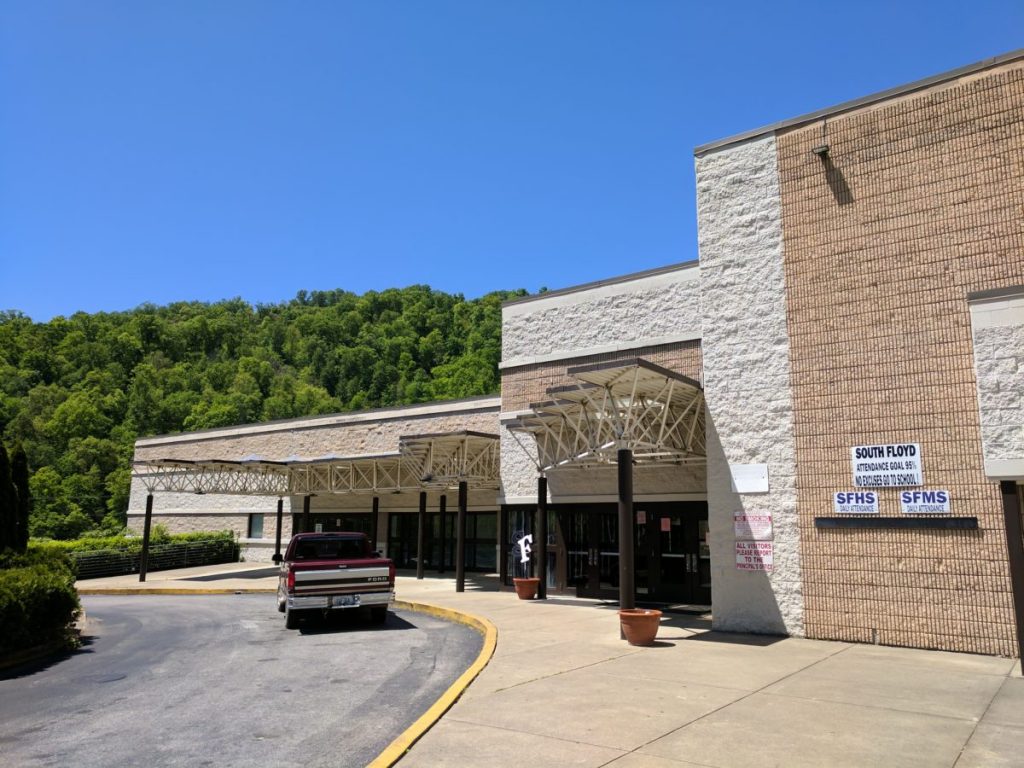“We choose not to focus on what we don’t have and instead focus on what we do have,” Hawkins said, “resilient communities and incredibly talented teachers who are committed and willing to stand in the funding gap.”
Eventually, however, he said the question of equitable education funding is one we will have to solve.
“Otherwise,” he warned, “the old saw about the rich getting richer and poor getting poorer kicks in.”
This series is supported by the Solutions Journalism Network.








